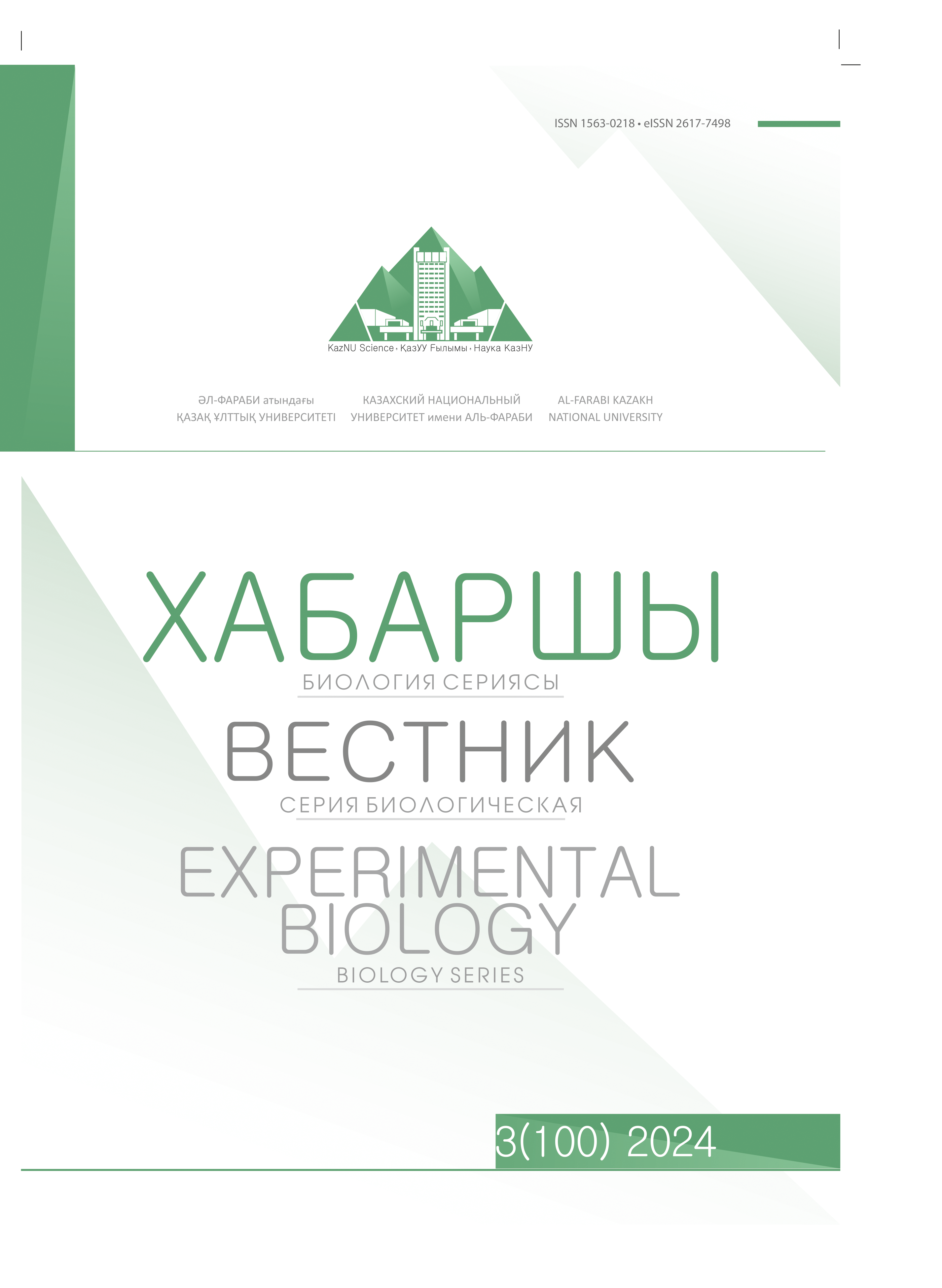INFLUENCE OF CULTIVATION TECHNOLOGIES AND FERTILIZER DOSES ON THE QUALITY OF SPRING WHEAT GRAIN IN THE CONDITIONS OF AKMOLA REGION
DOI:
https://doi.org/10.26577/bb.2024.v100.i3.011Keywords:
fertilizer doses, quality, soft wheat, cultivation technologyAbstract
The article discusses the issues of improving the quality of spring soft wheat grain in the LLP "SPC ZH named after A.I. Baraev" with the use of varieties, doses of fertilizers and farming systems. The selection of cultivation technology, fertilizer doses, varieties and precursors for the crop should be aimed at creating the best conditions for the development of the plant individually and the formation of a high-quality grain harvest. The lack of varietal technologies is one of the reasons for the decline in yield and grain quality. In this regard, in order to increase the yield of spring soft wheat and its quality in the conditions of the dry-steppe zone of Northern Kazakhstan, a comprehensive study of the cultivated varieties and cultivation technologies is necessary. In the course of the research, biochemical, physical, physico-chemical indicators of the quality of spring wheat grain, physical properties of the dough, baking parameters of spring wheat flour during trial laboratory baking were determined. These studies will allow us to establish the influence of cultivation technologies and fertilizer doses on the quality of spring wheat varieties in the Akmola region, as well as to identify the most optimal cultivation technology and fertilizer doses for obtaining high-quality grain. In the conditions of arid 2021, the advantage of the accumulation of protein substances, as well as the results of the physical properties of the test, marked zero cultivation technology.




